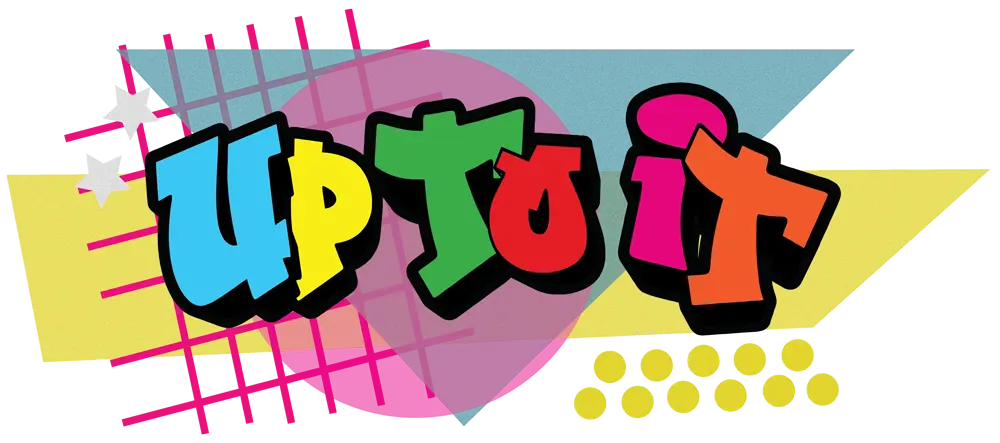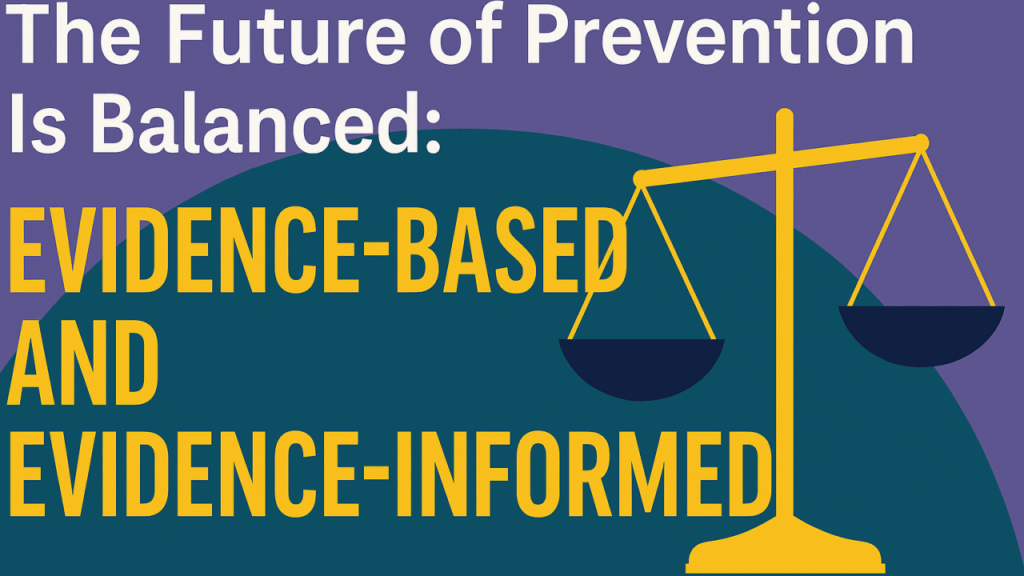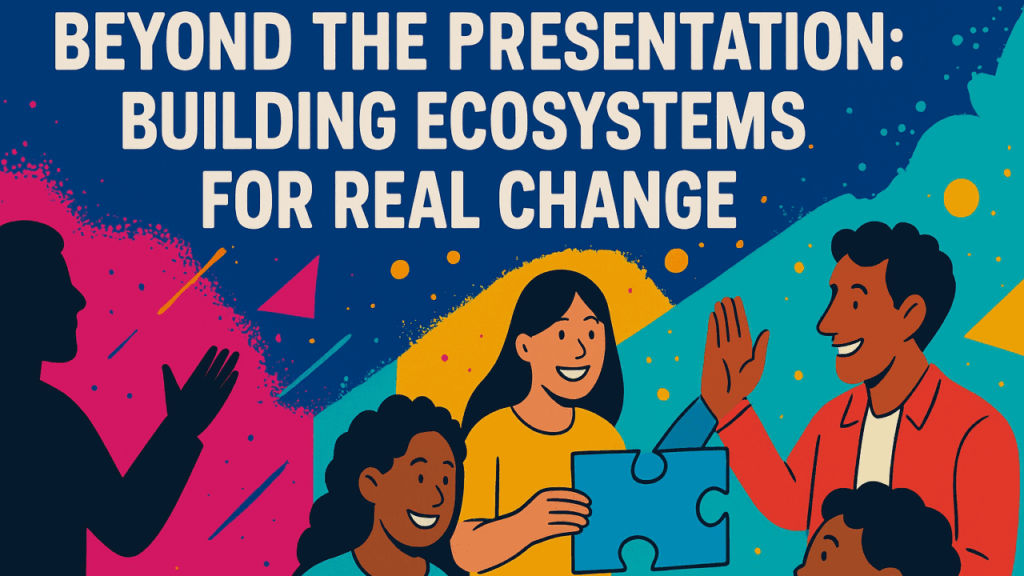For decades, coalitions, school districts, nonprofits, and youth-serving organizations have relied on evidence-based programs to guide their mental health and substance misuse prevention efforts. These programs carry weight — often backed by studies, certifications, and funding requirements that make them feel like the “safe bet.”
And to be clear: evidence-based work is valuable. It has brought structure, consistency, and measurable outcomes to the prevention world.
But here’s the problem: many of these programs were created years — sometimes decades — ago. Even with occasional updates, they often feel out of touch with today’s youth. They miss the mark on engagement, leave out cultural nuance, and aren’t designed with the lived realities of Gen Z — and the rising voices of Gen Alpha — in mind.
And while we wait for new programs to earn that evidence-based “stamp,” the system doesn’t leave much room for innovation.
In fact, since the shutdown of SAMHSA’s National Registry of Evidence-Based Programs and Practices (NREPP) in 2018 — the system many coalitions once relied on to certify youth prevention programs — there’s been a noticeable gap. While some registries still exist (like Blueprints for Healthy Youth Development or CrimeSolutions.gov), the centralized and accessible pathway that once supported youth-centered innovation has faded. As a result, it’s become harder for new, culturally relevant, and engaging approaches to get formally recognized — even when they’re working on the ground.
Let’s be honest — why should we have to pick from the same list our grandparents had when it comes to prevention curriculums or practices? Sure — some old things come back cooler (shoutout to vinyl, baggy jeans, and soul samples), but prevention isn’t fashion. We need programming that’s not just proven effective in a study — but proven engaging in a classroom, assembly, or circle with real students.
This isn’t a knock on evidence-based programming — it’s a call to balance it with evidence-informed, youth-centered, and promising practices that meet young people where they are. It’s okay — in fact, it’s smart — for organizations to sprinkle in these types of programs into their repertoire (I did feel fancy using this French word) to fill the gaps that traditional methods aren’t reaching. The most impactful programming doesn’t just check a box — it creates connection, reflection, and a sense of belonging.
In unsettling times — when the social, political, and funding landscape feels uncertain — it’s natural for organizations to move with caution. Playing it safe can feel like the best option, especially in today’s climate where bold moves carry perceived risk. But the truth is, our youth don’t need more of the same. They need us to be bold. Courageous. Willing to challenge outdated methods and try new approaches that meet them where they are. If we don’t adapt, we risk leaving an entire generation feeling unheard and unserved.
If you’re a coalition leader, school mental health coordinator, nonprofit director, or anyone in prevention work — this is your permission slip to explore practical alternatives that resonate.



